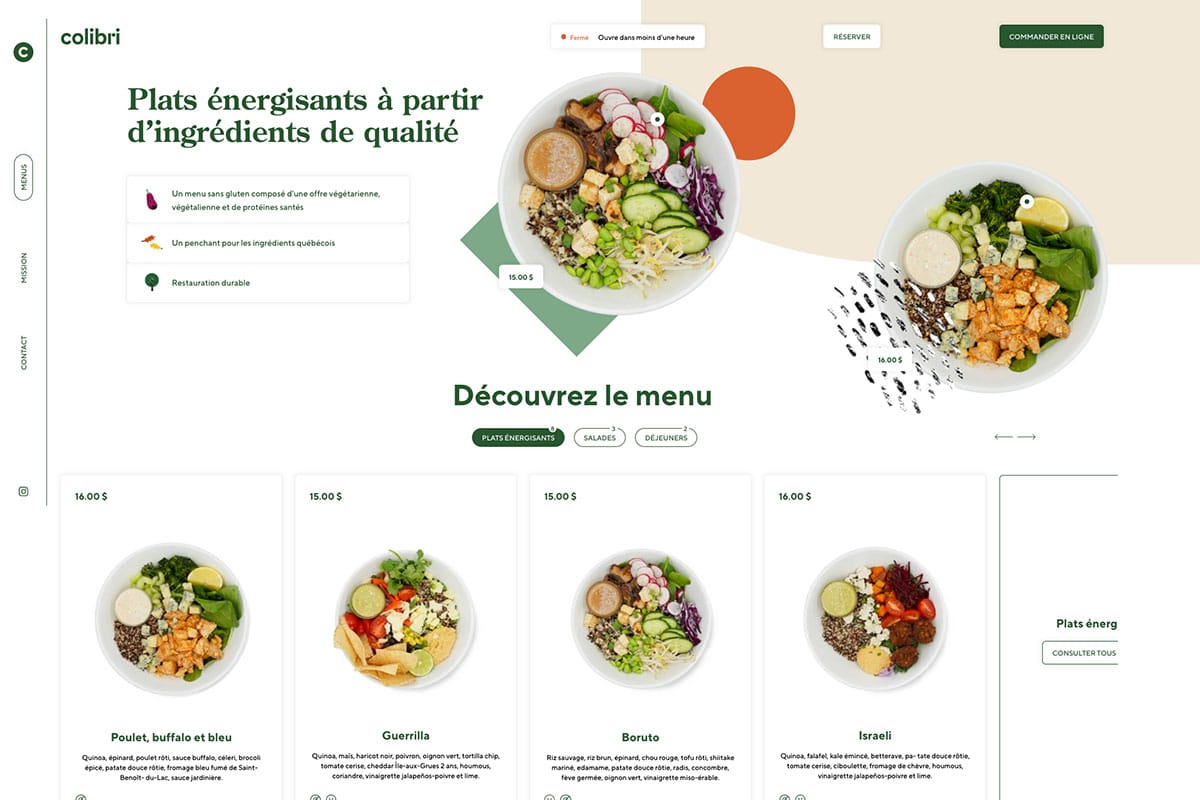What is a Plugin Template?
Introduction
Within the expansive realm of software development, plugins assume a crucial role in augmenting functionality and expanding the capabilities of many applications and platforms. A plugin template refers to a predefined blueprint or skeletal structure that serves as a fundamental framework for the development of plugins. The provided definition delineates the fundamental elements, mechanisms, and interfaces that enable software developers to construct bespoke plugins that smoothly incorporate with the primary program. This article delves into the notion of plugin templates, their importance, and their ability to enhance the efficiency of plugin creation.

The Purpose of Plugin Templates
Plugins are extensively utilized to incorporate particular features or alter pre-existing functionality within software systems. Developers have the option to utilize plugin templates as a means of enhancing efficiency and reducing the amount of time and effort required for constructing plugins from the ground up. The provided templates function as initial frameworks, providing developers with a pre-established arrangement and format that may be tweaked and expanded upon to produce their distinct plugins.
The principal objectives of plugin templates are:
1. Consistency
The utilization of a plugin template enables developers to uphold a uniform structure and design across several plugins. The use of a standardized format for all plugins guarantees consistency and facilitates comprehension and collaboration among developers working on the codebase.
2. Faster Development
Plugin templates offer a valuable advantage by expediting the initial stages of the development process. The provided software components encompass pre-built functions, classes, and interfaces that can be readily customized, hence diminishing the duration required for the development of a novel plugin. Developers has the ability to allocate a greater amount of attention towards the precise functionality they intend to incorporate, as opposed to the foundational infrastructure.
3. Best Practices and Standards
Typically, plugin templates of superior quality are crafted in accordance with established best practices and coding standards. The utilization of such templates fosters a culture among developers that promotes the creation of code that is characterized by cleanliness, efficiency, and maintainability. This is due to the fact that developers inherit these desirable behaviors from the template.
4. Compatibility
The implementation of a meticulously crafted plugin template guarantees seamless integration with the host application or platform. The consideration of dependencies and requirements of the host environment is a crucial aspect in order to mitigate the potential risks associated with conflicts or unforeseen behavior during the integration of the plugin.
Key Components of a Plugin Template
A plugin template often comprises numerous essential components that serve as the foundational elements for the subsequent construction of the plugin. The aforementioned components may encompass:

1. Hooks and Events
Hooks and events play a crucial role in the structure of a plugin template. Developers are granted the capability to incorporate their personalized code at certain junctures of the execution sequence of the host program. Plugins provide the ability to modify or extend the functionality of an application by responding to actions or events initiated by the application through the use of hooks and events.
2. Configuration Options
An effective plugin template offers developers with customizable features that may be utilized to meticulously adjust the plugin’s functionality. The aforementioned alternatives can be made accessible via a graphical user interface or configuration files, thereby enabling users to personalize the plugin according to their requirements without making direct modifications to the plugin’s source code.
3. Utility Functions and Classes
The inclusion of utility functions and classes within a plugin template serves to streamline routine operations and offer modifiable code segments that can be reused. The aforementioned utilities has the capability to perform a range of activities, including data validation, file processing, and database interfaces. This functionality serves to mitigate the intricacies associated with the construction of plugins.
4. Documentation
The inclusion of thorough documentation is an essential component within the context of a plugin template. The document functions as a comprehensive manual for developers, elucidating the objectives and use of each constituent, the accessible hooks and events, and any particular prerequisites for the proper functionality of the plugin.
Popular Plugin Template Types
Various plugin templates are available to accommodate to diverse platforms and apps, which have gained popularity among users. Several examples of these include:
1. WordPress Plugin Templates

WordPress, a prevalent content management system, provides plugin templates that establish the framework and interfaces necessary for the development of plugins. These templates facilitate the construction of plugins that enable the integration of customized functionalities into WordPress websites.
2. JavaScript Framework Plugin Templates
JavaScript frameworks such as React, Angular, and Vue.js offer plugin templates that aid developers in expanding the capabilities of the framework. These templates frequently offer instructions for developing bespoke components, directives, or plugins that easily integrate with the framework.
3. IDE Plugin Templates
Integrated Development Environments (IDEs) frequently offer plugin templates that facilitate the augmentation of the IDE’s functionalities by developers. The aforementioned templates serve to provide guidelines for the creation of novel tools, incorporation of customized code snippets, and integration with external services within the integrated development environment (IDE).
Creating a Custom Plugin using a Template
When developing a custom plugin using a template, developers often adhere to the following steps:
1. Choose the Right Template
Choose a plugin template that aligns with the specific requirements of the plugin you intend to develop. When making a decision, it is important to take into account various considerations, including the target platform, the features that are available, and the level of support provided by the community. https://sugarwhipped.com.au/cake-delivery-sydney/
2. Install the Template
The chosen template should be installed either in the development environment or in the host application. Numerous systems provide users with tools or commands that facilitate the automation of this particular operation.
3. Customize the Plugin
Begin the process of constructing the central functionality of the plugin by employing the pre-established hooks, events, and utility functions provided by the template. Execute the designated functionalities and operational characteristics that are desired for the plugin to demonstrate. For diverse web design coolangatta click here.

4. Test the Plugin
It is imperative to conduct comprehensive testing of the plugin across many scenarios and contexts to ascertain its functionality as intended and to identify any potential conflicts with other pre-existing plugins or apps.
5. Document the Plugin
Please generate thorough documentation for the plugin, providing an extensive overview of its intended function, included functionalities, available configuration options, and detailed instructions for operation. Plugins that have been extensively documented are more easily available for both users and other developers.
6. Publish and Maintain
If the plugin is designed for public utilization, it should be made available on the appropriate platform’s plugin repository or marketplace. It is imperative to consistently uphold the task of maintaining and updating the plugin in order to guarantee its compatibility with forthcoming iterations of the host application and effectively resolve any potential concerns that may arise.
Conclusion
Plugin templates are highly advantageous assets that enhance and facilitate the procedure of developing personalized plugins for diverse apps and platforms. These templates facilitate the development process by providing a uniform structure, predefined hooks, and utility functions. This allows developers to concentrate on the distinctive functionality of their plugins while adhering to established best practices and standards. The utilization of plugin templates greatly expedites the development process and guarantees compatibility with the host environment, regardless of whether one is constructing WordPress plugins, extending JavaScript frameworks, or creating IDE tools. The ongoing evolution of software necessitates the continued importance of plugin templates as important resources inside the developer’s repertoire, enabling them to generate inventive and comprehensive plugins.





